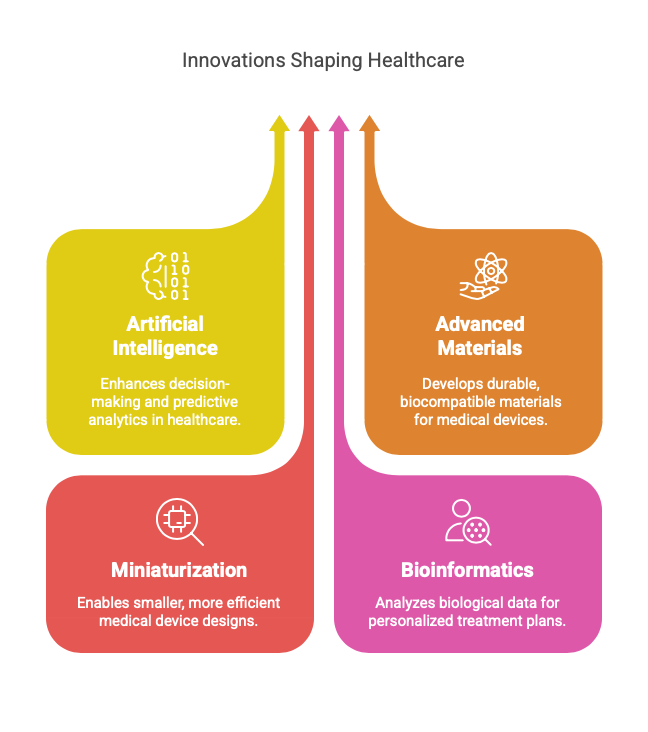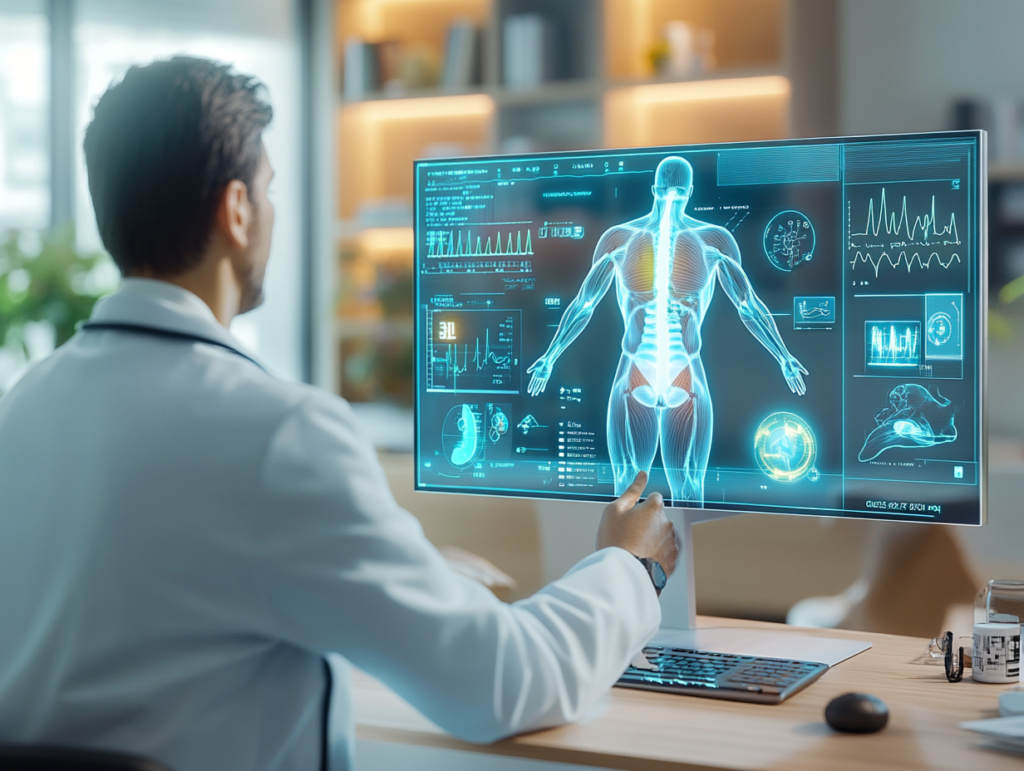The healthcare landscape is undergoing a revolutionary transformation through personalized medicine device development, where one-size-fits-all approaches are being replaced by individualized therapeutic solutions. This paradigm shift promises to deliver more effective treatments while minimizing adverse effects through custom-tailored medical devices designed for each patient’s unique genetic makeup, lifestyle, and medical history.
Table of Contents
Understanding Personalized Medicine Devices
Personalized medicine device development represents a convergent technology combining advanced diagnostics, real-time monitoring, and therapeutic delivery systems. These sophisticated tools leverage patient-specific data to optimize treatment outcomes across various medical conditions. From smart insulin pumps that adapt to individual metabolic patterns to 3D-printed orthopedic implants precisely matched to patient anatomy, personalized medicine device development is reshaping patient care.sely matched to patient anatomy, personalized medical devices are reshaping patient care.
Key Components of Personalized Device Development
Diagnostic Integration
Modern personalized medicine device development incorporates advanced diagnostic capabilities that continuously monitor patient parameters. These integrated systems collect vital signs, biomarkers, and other health indicators to provide real-time feedback for treatment optimization. Machine learning algorithms process this data to identify patterns and adjust therapeutic responses accordingly.
Customized Design and Manufacturing
The personalized medicine device development process utilizes cutting-edge technologies including:
- 3D printing for anatomically precise devices
- Biocompatible materials tailored to patient specifications
- Smart sensors for real-time monitoring
- Adaptive control systems for automated treatment adjustment
Data Analytics and AI Implementation
Artificial intelligence plays a crucial role in:
- Analyzing patient-specific health data
- Predicting treatment responses
- Optimizing device parameters
- Identifying potential complications before they occur
Benefits of Personalized Medicine Devices
Enhanced Treatment Efficacy
Patient-specific devices significantly improve treatment outcomes by:
- Delivering precisely targeted therapies
- Reducing side effects through optimized dosing
- Enabling real-time treatment adjustments
- Improving patient compliance through better device usability
Cost-Effectiveness
While initial development costs may be higher, personalized devices often prove more economical in the long term by:
- Reducing treatment failures
- Minimizing complications
- Decreasing hospital readmissions
- Optimizing medication usage
Improved Patient Experience
Customized devices enhance the patient experience through:
- Better fit and comfort
- Reduced recovery time
- Increased treatment confidence
- Greater autonomy in disease management
Current Applications and Future Developments
Existing Technologies
Several personalized medicine devices are already in clinical use:
- Custom prosthetics and orthotics
- Patient-specific surgical guides
- Adaptive drug delivery systems
- Personalized diagnostic devices
Emerging Trends
The field continues to evolve with promising developments in:
- Bioprinting of patient-specific tissues
- Neural interfaces for personalized brain stimulation
- Gene therapy delivery devices
- Nanotechnology-based targeted treatments
Challenges and Considerations
Technical Challenges
Developers must address several technical hurdles:
- Ensuring device reliability and durability
- Maintaining data security and privacy
- Achieving scalability in manufacturing
- Validating device effectiveness
Regulatory Compliance
Personalized medicine devices face unique regulatory challenges:
- Establishing safety and efficacy standards
- Meeting quality control requirements
- Securing regulatory approval for customized devices
- Maintaining compliance across jurisdictions
Economic Factors
Financial considerations include:
- Development costs
- Manufacturing scalability
- Insurance coverage
- Market adoption rates
Future Outlook
The future of personalized medicine device development looks promising, with continued advances in:
- Artificial intelligence and machine learning
- Advanced materials science
- Miniaturization technologies
- Bioinformatics and data analytics
These developments will enable increasingly sophisticated and effective personalized medical devices, leading to better patient outcomes and more efficient healthcare delivery.

Conclusion
Personalized medicine device development represents a transformative approach to healthcare delivery. By combining advanced technologies with individual patient data, these devices promise to deliver more effective, efficient, and patient-centered care. As technology continues to evolve and our understanding of individual patient needs grows, the field of personalized medicine devices will continue to expand, offering new possibilities for improved health outcomes.
Future Directions
The next frontier in personalized medicine device development will likely focus on integration with emerging technologies such as quantum computing, advanced bioelectronics, and cellular reprogramming. These innovations promise to further refine the precision of treatment delivery while reducing invasiveness and side effects. As healthcare systems worldwide embrace value-based care models, the economic case for personalized medicine device development grows stronger, potentially accelerating adoption and investment in this critical healthcare sector. Stakeholders across the healthcare ecosystem must collaborate to address regulatory challenges and ensure these technologies remain accessible to all patient populations.



